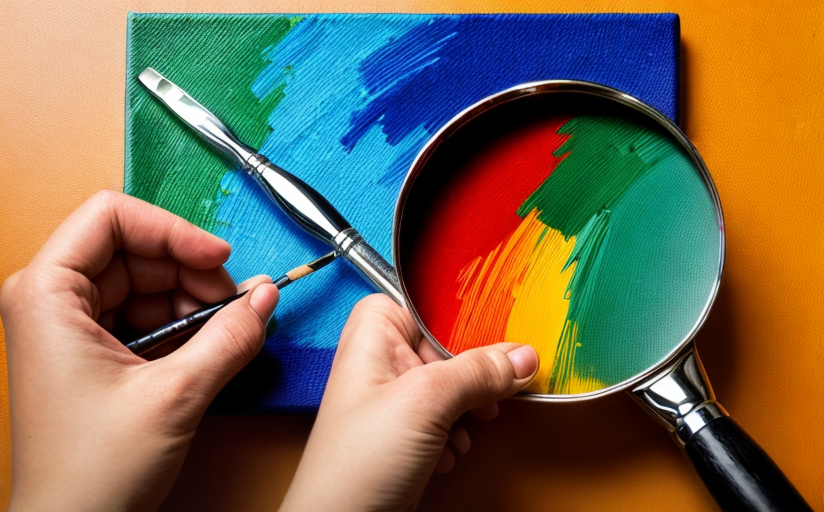Cultural Appropriation in Modern Art: Inspiration or Theft?
Art is a vibrant embodiment of various cultures across the world, a soulful tapestry threaded with human emotions, thoughts, and experiences. Yet, one intriguing question arises - when does 'borrowing' elements from a culture that isn't your own transition from the realm of inspiration to the sinister territory of theft?
Differing Perspectives: A War of Views
Perspectives on Cultural Appropriation are as diverse as the cultures they represent. Some view it as a vibrant exchange of ideas, fostering a multicultural flux that spices up the world of art. Others consider it a grave form of cultural theft or misrepresentation.
Inspiration or Theft: Decoding the Subtleties
A crucial element that determines whether such borrowing is viewed as inspiration or cultural misappropriation is the heritage, legacy, and ownership rights tied to the original cultural element. An iconic example of such controversy was the 'light-suit' performance by pop star Katy Perry, drawing inspiration from traditional Japanese dress, the Geisha. Praised by some as artistic exploration, others felt it was cultural appropriation, especially given the lack of acknowledgment of the original culture's legacy.
Voices from the Ground
Interviews and statements from various artists, critics, and cultural studies experts highlight the fluidity and complexity of this discourse. According to cultural critic, James Baldwin, The greatest difficulty is to try to recognize yourself in the other.” This statement underscores the complicated nature of borrowing from another culture – a delicate border between appreciation and appropriation.
Cultural Appreciation, Exchange, and Appropriation: Understanding the Differences
Cultural appreciation involves understanding and respect for another culture, often resulting in its positive portrayal. For instance, when Leonardo DiCaprio wore a traditional African ‘Dashiki’ to a charity event, it was seen by many as respectful and appreciative. Cultural exchange involves a mutual, respectful interchange of cultural elements, like the growing popularity of Yoga in Western countries, largely accepted as cultural exchange. Cultural appropriation occurs when elements of a minority culture are adopted, usually without proper acknowledgment or understanding, by members of a dominant culture. The adoption of Native American headdresses as fashion accessories stands as a stark example of this.
The Global Gaze: Globalization and Social Media
Globalization and social media have significantly altered the discourse around cultural appropriation in art. They have facilitated an easy global exchange of ideas, often blurring the line between cultural diffusion and cultural appropriation. With the rise of the internet, voices against cultural appropriation have found a wider platform, driving more nuanced conversations around art, cultural representation, and respect.
Conclusion
Like all debates, the dialogue around cultural appropriation in art isn't black and white. It's an artistic and moral labyrinth with countless shades of grey, calling for sensitivity, respect, and an understanding of the cultures we choose to represent or draw inspiration from.


















Comments
Leave a Comment